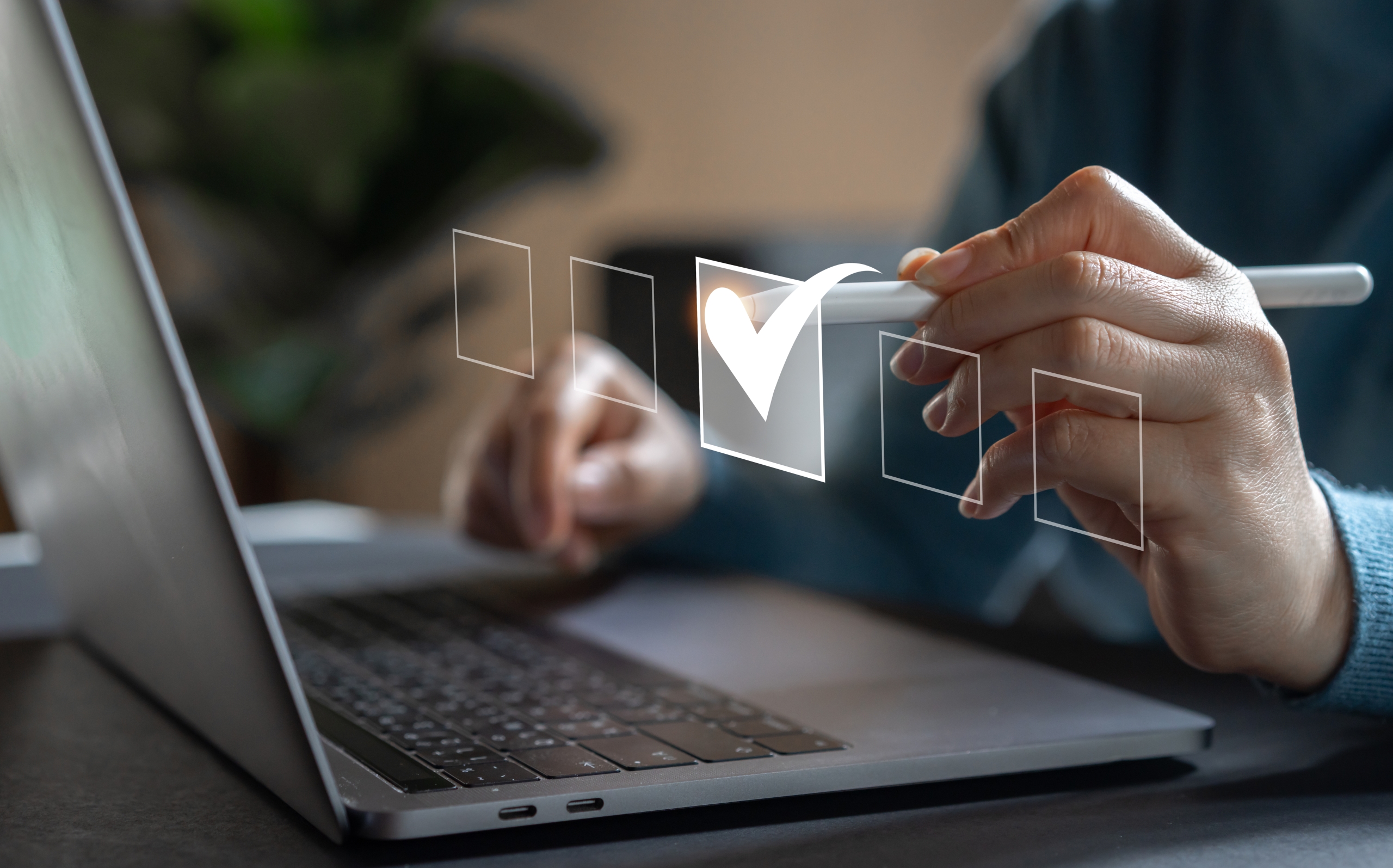1. Contact by Phone
Whether it’s useful to call first depends on your relationship with your customer. This is a good option, for example, if the debtor usually pays on time. By making phone contact, there is a personal approach. Explain that the invoice is still outstanding and that you are calling to ask if there is a reason why the bill has not yet been paid. It can happen that the invoice is forgotten.
2. Send a Payment Reminder Email
Send an email with a payment reminder immediately after the payment deadline has passed. This is a friendly way to remind the debtor that there is still an outstanding amount. It is also worth mentioning that statutory interest applies if payment is not made.
3. Send a Second Reminder or Demand
Some companies send a second reminder first, but it is also possible to send a demand. The term demand indicates that measures will follow if payment is not made. It is mandatory to send a payment reminder to consumers, but this does not apply to businesses. However, it is courteous to also send a reminder to business relations.
Demand
In the demand, refer to the delivery and the invoice, as well as the previous payment reminder, and set a payment term of fourteen days (consumers). Mention any collection costs for the debtor’s account and further legal measures if a demand is not met. It is advisable to send the demand by registered post to have proof. However, it can also be sent by email.
Read more about sending a payment reminder.
4. Claim Statutory Interest and Charge Collection Costs
If an invoice is not paid, you as an entrepreneur have the right to claim statutory interest and charge collection costs. The costs relate to the expenses you incur because a debtor has not paid the invoice on time. The statutory interest is fixed in law as interest that can be claimed if a debtor is in arrears.
5. Agree on a Payment Plan
Agreeing on a payment plan may provide a solution to get the invoice paid, albeit in instalments. Whether it is sensible to agree on a payment plan depends on the situation. If you suspect that the customer will not pay anyway and the payment plan is essentially a further delay on follow-up measures, skip this step.
6. Proceed to an Amicable Collection Process
Have you tried everything to get the invoice paid and still received nothing? In that case, Ipsum Incasso can serve as a collection label. Ipsum Incasso is the label you can use for your own collections. You do not hand over your debtor management but retain control over the process. In this amicable collection process, collection costs are charged to your customer, and communication is made for the first time under the Ipsum Incasso brand. This way, your file remains complete, including all correspondence exchanged between you and your customer from the first invoice. The collection costs charged to your customer are received directly into your own business account. To maintain the customer relationship, you could even choose not to charge these if the customer pays the principal amount. You remain in control and make the decisions. You no longer need a collection agency.
7. Consider Legal Options
In certain situations, other options are available by using legal means. For example, if goods have been delivered but not yet paid for. Retrieving these goods may limit the damage. This is possible based on retention of title, which must be stated in the general terms and conditions. Another option is the right of reclamation. This is a legal provision to reclaim goods if payment is not made.
8. Reclaim Uncollectible VAT
When sending invoices, you calculate VAT and remit the received VAT to the Tax Authorities. What happens to the VAT you have paid on an invoice that has not yet been paid by the debtor? For a claim that is wholly or partially uncollectible, you have wrongly paid VAT. This VAT can be reclaimed from the Tax Authorities.
9. File for Bankruptcy of the Customer
There is another step to take if invoices are not paid by a customer. In that case, if the conditions are met, it is possible to file for the customer’s bankruptcy. If the company has already been declared bankrupt and invoices remain unpaid for that reason, it is important to submit the claim to the trustee.
10. Limit Future Risks of Non-Payment
Have you gone through the step-by-step plan? That took time. If you want to get invoices paid more quickly and efficiently in the future, there are various options available. It is primarily important to get debtor management under control. This means you need to spend time following up on invoices. Payt offers you an automated solution for debtor management with follow-up of invoices available that takes work and time off your hands. Want to know more about how Payt works? Feel free to contact us.




